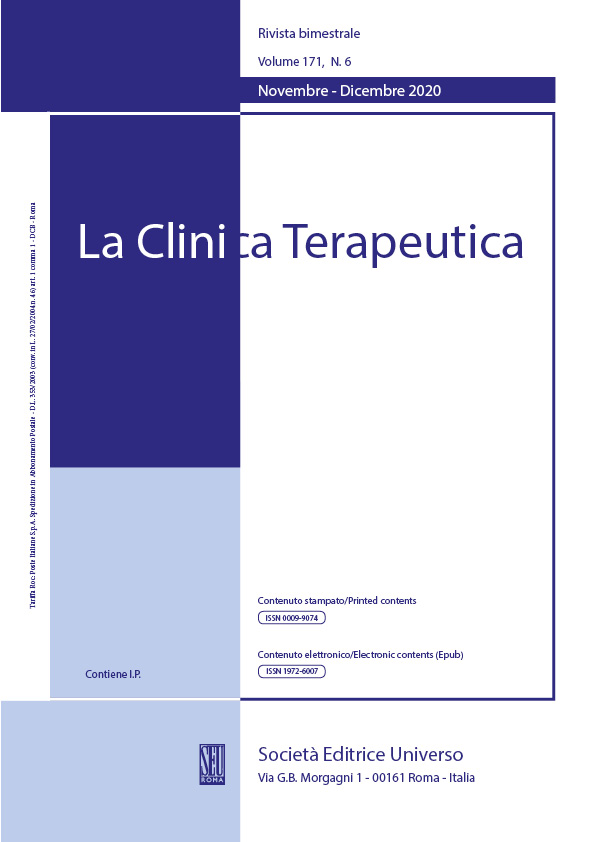Abstract
Background: Biliary lithiasis and strictures in the bile ducts have a causality. Dilation or stent placement is routinely used to treat strictures but fibrosis can lead to their recurrence. Thulium laser vaporesection with percutaneous transhepatic endoscopy is a novel therapeutic modality for managing severe, focal benign biliary strictures (BBSs). There are few reports about this method of treating BBSs. Our study aimed to determine the safety and efficacy of this technique.
Methods: Fifteen patients (six males and nine females) with BBSs underwent stricture ablation with thulium laser via percutaneous transhepatic endoscopy. The immediate and short-term technical success and complication rates were evaluated.
Results: Biliary strictures appeared in segmental branches of two patients, in the left or right hepatic duct of twelve patients, and in the common bile duct of one patient. The immediate and short-term technical success rates of the thulium laser procedure were 100%. The lumen of the strictures measured 1–3 mm before the procedure and improved to 4–5 mm in six (40%) patients, 5–10 mm in five (33.3%) patients, and 10–15 mm in four (26.7%) patients after the procedure. No mortality and major procedure-related complications were observed. One patient experienced a minor complication (hemobilia).
Conclusions: Percutaneous transhepatic endoscopic thulium laser ablation appears to be safe and effective for treating short-segment BBSs. However, further studies with large samples and long follow-up periods are necessary to fully determine the long-term outcomes of this technique.

